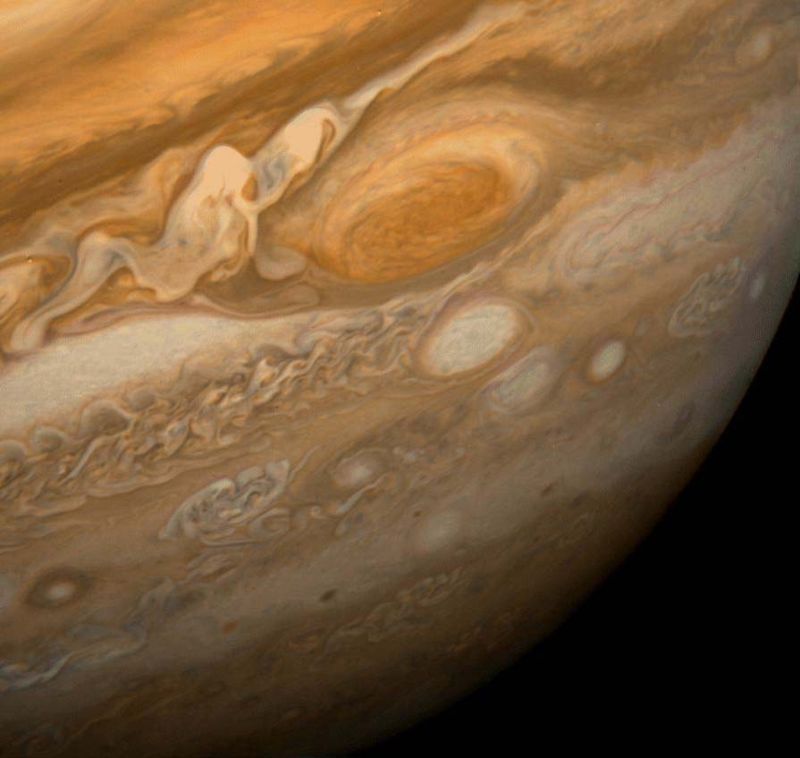Total Solar Eclipse on April 8, 2024
by Bill Carroll Science in Space , Science of the Outdoors
On April 8th, 2024, a total solar eclipse will sweep across North America, from Mexico to the Maine-Canadian border. For those who experienced the spectacular solar eclipse of 2017, this one will be similar, crossing the United States from west to east and passing through or near several major metropolitan areas. And while its path is quite different this time, Carbondale, Illinois, a reasonable destination for Chicago-area residents, will once again be on the line of totality.
Just a little background on eclipses: Lunar and solar eclipses are not uncommon – they each occur about twice a year when the moon is crossing the ecliptic, the path of the sun in the sky.
Lagrange points: A lesson in gravity and a path to space exploration
by Bill Carroll Science in Space
Years ago, I parked my car and dashed into a neighborhood shop, only to find that that my car had […]
The Quark Star: The Star We’ve Never Seen
by Simarjot Singh Monga Science in Space
As a kid with myopia or short-sightedness, I was recommended by the doctors to gaze upon the stars in the […]
NASA’s Upcoming Missions Are Exactly What Sci-Fi Fans Have Been Waiting For
by Miles Murray Science in Space
The February 2021 landing of the Perseverance rover on Mars marked the start of a new era for NASA as […]
Dare Mighty Things: A Brief History of Martian Landers and Rovers
by Bill Carroll Science in Space
In February 2021, three missions arrived at Mars. China’s Tianwen-1 reached the red planet on February 10, one day after […]
The Four Types of Observable Deep Sky Objects
by Tom Urbain Science in Space
Astronomy has become more popular since the pandemic began, as more people are staying at home. It is a fascinating […]
Queen of The Dark: Vera Rubin’s Voyage Through the Cosmos
by Grace Chesmore Science in Space
Vera Rubin sent ripples throughout the scientific community, as her work proposed a novel recipe for our universe. While we […]
Blue Sky at Night, Martian’s Delight: The Atmosphere of Mars
by Mary Woods Science in Space , Science of the Outdoors
Imagine you’re standing on the rocky, rust-pink surface of Mars. You’ve just finished a hard day’s work helping to build […]
How Far is ‘Far’ When it Comes to Stars?
by Peter Thompson Science in Space
Distances to stars are huge. That should not surprise us. Space is big. Unbelievably big. How do we know the […]
The Hunt for the Elusive Neutrino
by Ben Marcus People in Science , Science in Space
About 100 trillion neutrinos just passed through your body a second ago. Did you feel them? Neutrinos are one of […]
The Space Dust In Your Backyard Can Change the Course of History
by Katarina Keating Science in Space
Every day, a fine sprinkling of dust covers your city or farm, landing across the roof of your house or […]
Tardigrades: The Animals That Defy Nature
by Ananya Sen Science in Space , Science of the Outdoors
Picture an animal that can live anywhere: hot springs to solid ice, mountaintops to the deepest sea levels, spanning a […]
A Brief Guide to the 2018 Perseid Meteor Shower
by Nathan Baskin Science in Space
For those who enjoy observing the night sky, summer is a great time of year to look for meteors blazing […]
Everything You Need to Know About the Summer Solstice
by Nathan Baskin Science in Space
Today is the 2018 summer solstice, which marks the longest day of the year and the official start of the […]
Chicago Gets a Head Start on the Vernal Equinox!
by Ben Marcus Science in Space
Don’t be fooled – the calendar says the Spring equinox is on the March 20th, but in Chicago, we come […]
Are We Prepared for a Large Asteroid Impact?
by Nathan Baskin Science in Space
On December 16, 2017 at about 5:00 PM CST, the asteroid 3200 Phaethon passed within 64 million miles of Earth. […]
NASA Has Been Shooting Lasers at the Moon to Challenge Einstein
by Ben Marcus Science in Space
Since the 1960s, the United States government has been shooting lasers at the moon. No, this is not a covert […]
Spotted from Antarctica: the Oldest Light in the Universe
by Dana Simmons People in Science , Science in Space
How do you study light from the beginning of the universe? What happened right after the Big Bang?
Voyager 1 and the Depths of Interstellar Space
by Ben Marcus Science in Space
The world is preparing to send humans to Mars. This will probably be the most technologically challenging undertaking the world […]
LIGO Researchers detect Gravitational Waves from Black Hole Collision
by Avery Thompson Science in Space
In 1915, Albert Einstein proposed one of his most revolutionary ideas, the Theory of General Relativity.



















